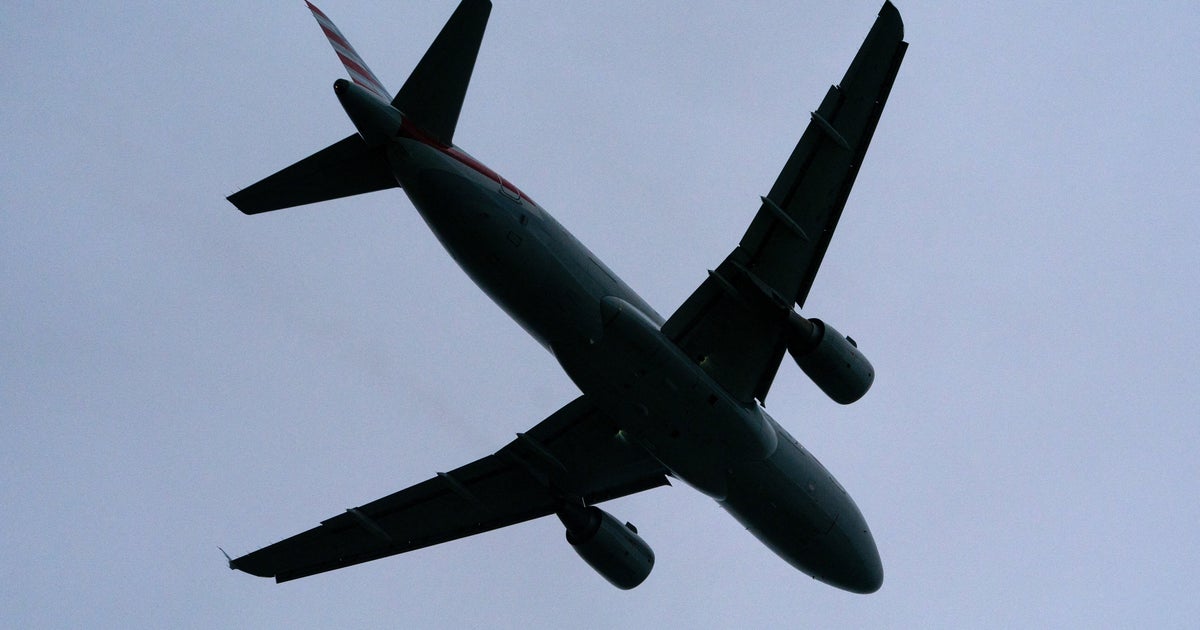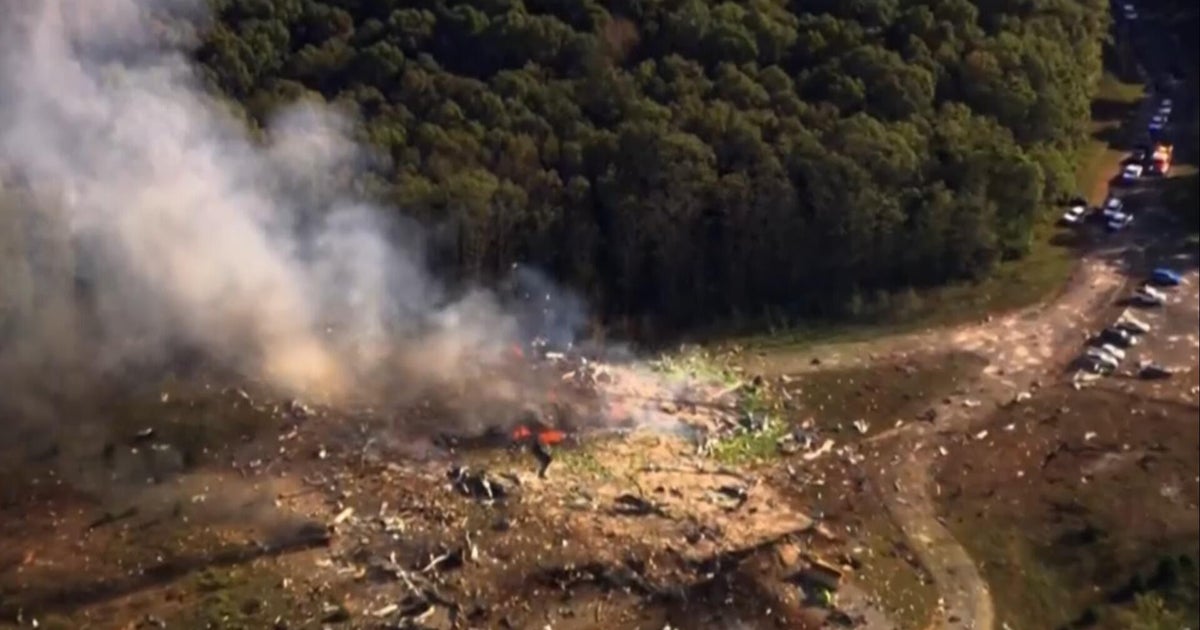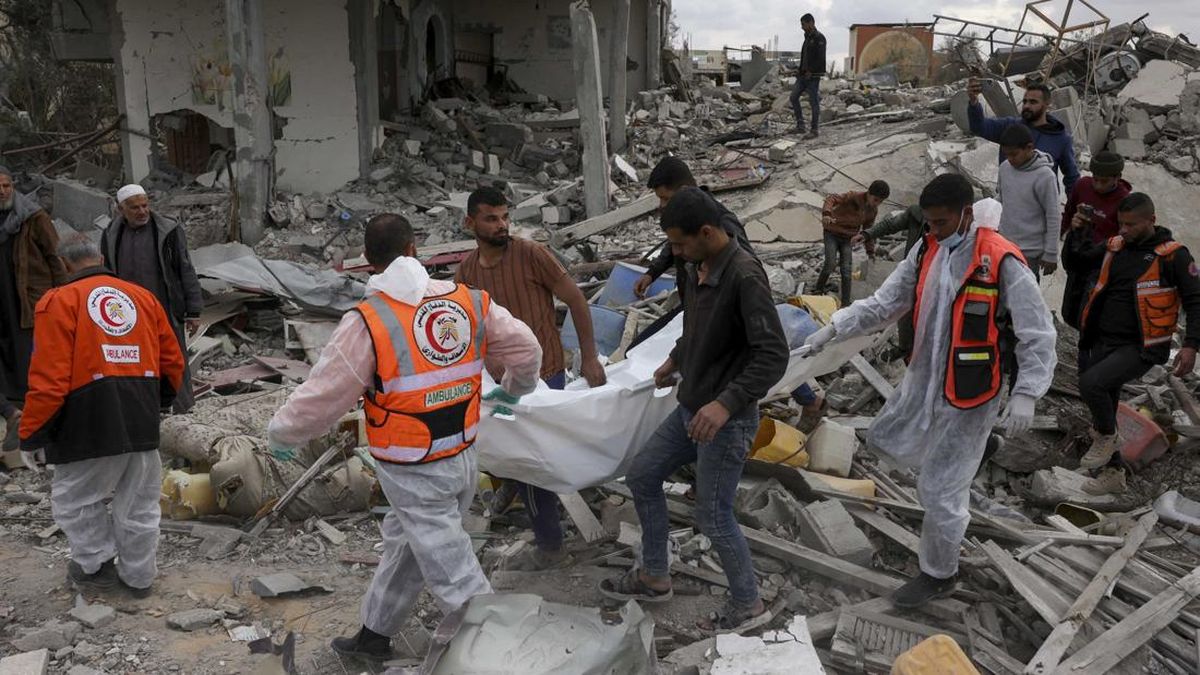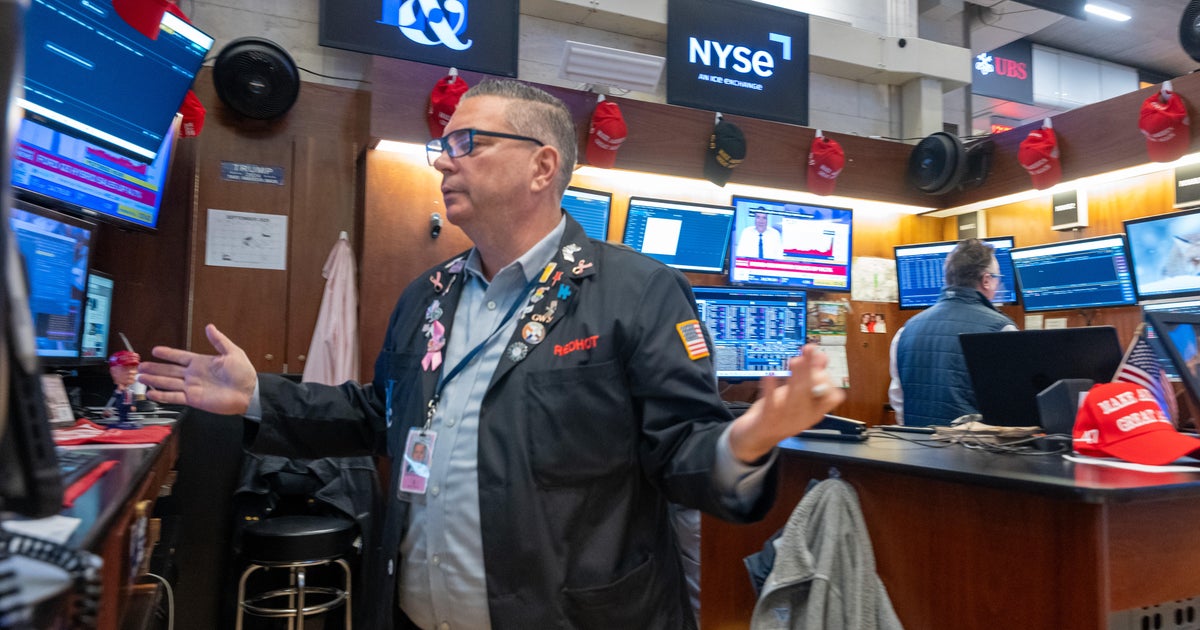The gas people came early, in trucks, with diggers. They came to replace gas pipes and infrastructure in our old inner-city suburb. They came with maps to help them locate pipes (underground) and meters (often under bushes). And they left painted squiggles on roads and footpaths.
Colourful squiggles. Yellow, blue, pink, red, white, more. Sometimes only lines, figures, letters, mysterious symbols – or all of these combined in one intriguing hieroglyphic. One local with impeccable edging on his nature strip was not happy. He regarded the squiggles as low-level graffiti and pondered erasing them.
I was agnostic. As I wandered around, walking the dog or pushing a grandchild, I noticed the variety of squiggles on the ground. The hues. The placement. The opaque messaging. I wondered if other splashes of colour I began to see – on covers for water or power or phone fittings – were all part of the same operation or had been inspired by the gas people’s creations.
I realised I quite liked the squiggles, even fancied I could recognise the handiwork of individual markers. They looked different in sunshine or shadow, or a combination of both. So I brought a camera along on my walks. Not to catalogue them or unlock any hidden meanings. I always had a kind of collage in mind.
We miss a lot, keeping our eyes straight ahead.
Some furtiveness was required. I knew how odd I would appear to strangers, looking through a camera viewfinder at the ground. A bloke taking a footscape rather than a landscape. But necessity made me bold. These markings were in public places. To capture prize specimens, I simply had to ignore, or choose not to notice, whatever weird looks I got as I pondered a pavement or (more hazardously) a stretch of road while the light was right.
But here’s the thing: nobody ever asked what I was doing. I never had to explain myself or mention that the celebrated American photographer Walker Evans, famous for his Depression-era documentary work, took pictures of rubbish in gutters in his later years. And there’s an Australian photographer I know who looks for faces in bird-poop splatters. We miss a lot, keeping our eyes straight ahead.
One of the few things I recall from my years as a Cub in the 1960s, and this might have come from Lord Baden-Powell himself, is that if ever you’re pursued, you should climb a tree. Why? Because people apparently seldom look up. It’s true. Try it some time. Cross the street and see what’s above shops you have visited many times. Signs and windows and other things you’ve never noticed. Then change your perspective and gaze at the ground.
We walk over all sorts of interesting things. (An NBN cover decorated in cheerful colours by local kids, for example.) And the view changes all the time. The squiggles I captured won’t last. Heavy rain could see some washed away altogether. Which I, for one, will find a bit sad.
The gas people came early, in trucks. Then, with holes filled in and meters updated, they departed. I’d welcome them back if ever they plan some second-edition squiggles. Could even suggest some spots that need cheering up. Meanwhile, I’ve become a bit of an expert. Cracked some of the code. I noticed a recurring annotation: NOG. I liked how it looked, especially pretty in purple. I liked the sound of it: a perfect name for a giant in a Roald Dahl story or Jack and the Beanstalk. Then, outside a podiatrists’ office, a more prosaic translation struck me: No Gas. (Don’t dig here.)
I suspect I’m right. But it’s disappointing. I like the idea of Nogs stomping around local streets. I’ll look out for them by looking down. Be the first to find their footprints.
To read more from Good Weekend magazine, visit our page at The Sydney Morning Herald,The Age and Brisbane Times.
Most Viewed in National
Loading


















































